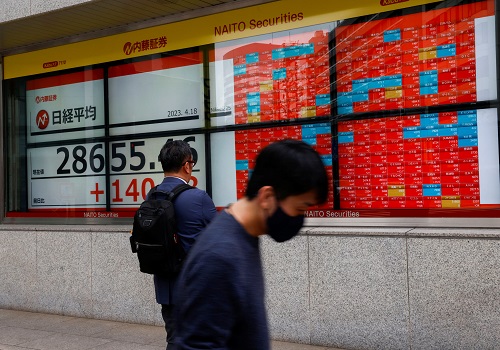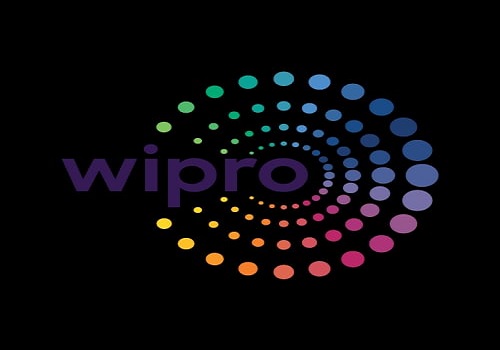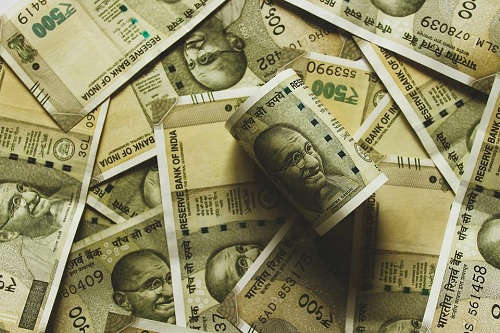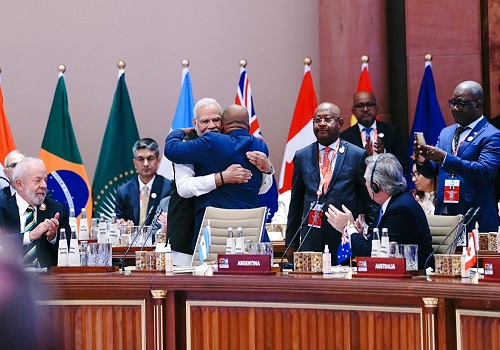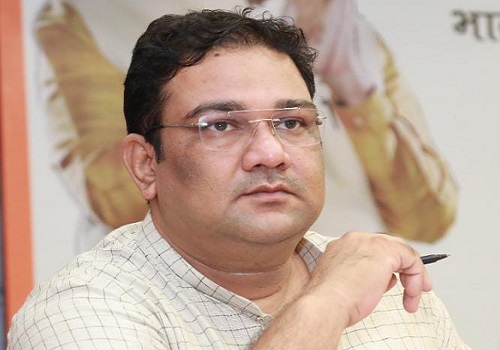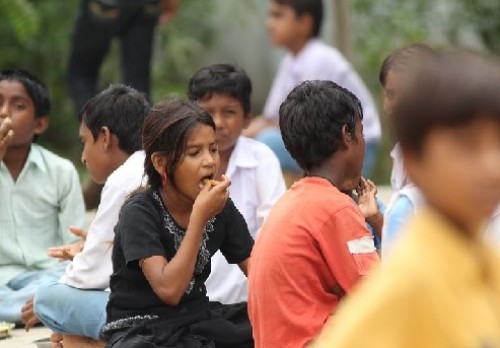12B doses of Covid vax could be available this year: Study
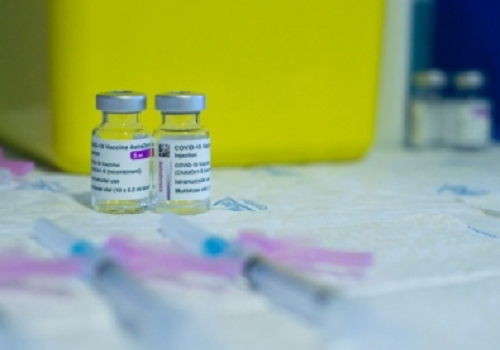
Follow us Now on Telegram ! Get daily 10 - 12 important updates on Business, Finance and Investment. Join our Telegram Channel
New data on Covid-19 vaccine manufacturing and supply capacity indicate up to 12 billion doses from 13 different sources could be available by the end of the year, enough to vaccinate 70 per cent of the world if distributed equitably.
However, an assessment from the Duke Global Health Innovation Center Launch and Scale Speedometer program continues to show an astonishing gap between wealthy countries and low- and middle-income countries in terms of who controls the lion's share of vaccines.
The analysis also finds that countries at all income levels cannot adequately assess and act to minimize risks of supply disruption. This is due to a rapidly shifting landscape in which they see manufacturing capacity and supply projections abruptly expanding or contracting on a daily basis.
The research is the most detailed analysis to date of the most ambitious vaccine development and immunization effort the world has ever seen. The data provides a detailed breakdown of 2021 vaccine purchases by country and developer; the supplies anticipated from each vaccine maker through the end of the year; and the many manufacturing partners around the world stepping in to provide bulk production and "fill-finish" capacity -- filling and packaging vials of vaccine, which is often a bottleneck in the vaccine supply chain.
"Covid-19 vaccine access remains a lopsided issue as wealthy countries have now purchased about 4.6 billion doses, with 1.2 billion of those controlled by the United States alone for its 330 million citizens, compared to one billion for the COVAX pact supplying several billion people in low- and middle-income countries," said Krishna Udayakumar, Director of the Duke Global Health Innovation Center.
"There are new developments that could push overall supplies for 2021 to 12 billion doses, and if distributed equally, that would be more than enough to vaccinate 70 per cent of the world's population, the threshold for herd immunity," said Andrea Taylor, who leads research on Covid-19 vaccines for the Launch and Scale Speedometer program.
"But alongside the challenge of vaccine nationalism, our work highlights that manufacturing and supply issues remain the critical barriers. There is very little transparency in the landscape, so it is difficult for country leaders to assess the feasibility of delivery schedules or to understand the risks and contingencies."
The analysis from the Launch and Scale Speedometer program is based on an aggregation of a wide assortment of publicly available data. However, Taylor said the lack of data on a number of issues, such as the capacity of the many new partners now stepping in to provide bulk manufacturing and fill and finish work, makes it difficult to give decision makers a clear picture of current and future vaccine supply.
She called for a new effort to "crowdsource" data from public and private sources to address gaps that could delay decisions to expand manufacturing capacity and limit insights into precisely when vaccines will be available in different regions.
For example, the analysis shows that the African Union and Africa CDC have procured 670 million doses for African countries that would be in addition to what they will receive from COVAX, the global multilateral alliance to procure and allocate vaccines more equitably.
Taylor said uncertainties around financing and production capacity make it hard to predict whether those doses would arrive in the second half of 2021 or sometime in 2022.
Other uncertainties include plans for broader distribution of vaccines from China's CanSino Biologics and the Sputnik V vaccine from Russia's Gamaleya Research Institute.
The available data indicate that projected manufacturing capacity for each of these vaccines may not be sufficient to contribute significantly to immunizations beyond China or Russia.
However, at least for Sputnik V, there are several contracts with non-Russian manufacturers under consideration and a pending application for an Emergency Use Listing (EUL) from the World Health Organization.
The EULs have the potential to greatly expand supplies, which could help address shortfalls for low-income countries. But Taylor said there is no data to accurately assess how many doses might be available and where and when.
Meanwhile, lurking in the background of the vaccine equity issue is the potential for new variants that have at least a limited capacity to evade immune responses to render certain vaccines clearly superior to others.
For example, the Launch and Scale Speedometer data indicate that, for at least the rest of 2021, the vast majority of vaccine doses from Pfizer-BioNTech and Moderna appear to be headed to wealthy countries.
By comparison, of the 670 million doses procured by the African Union, 500 million are for the Oxford-AstraZeneca vaccine.
Astra-Zeneca is also a key supplier to COVAX and, outside of the pact, the Launch and Scale Speedometer data show the company has large purchasing agreements with a number of low- and middle-income countries.



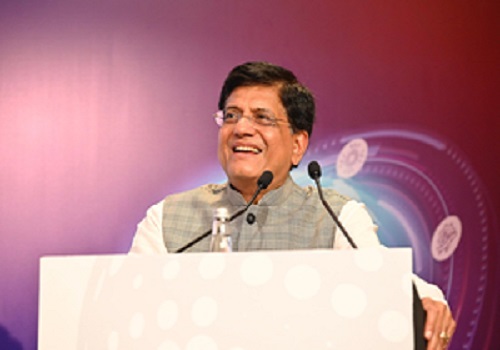

.jpg)







